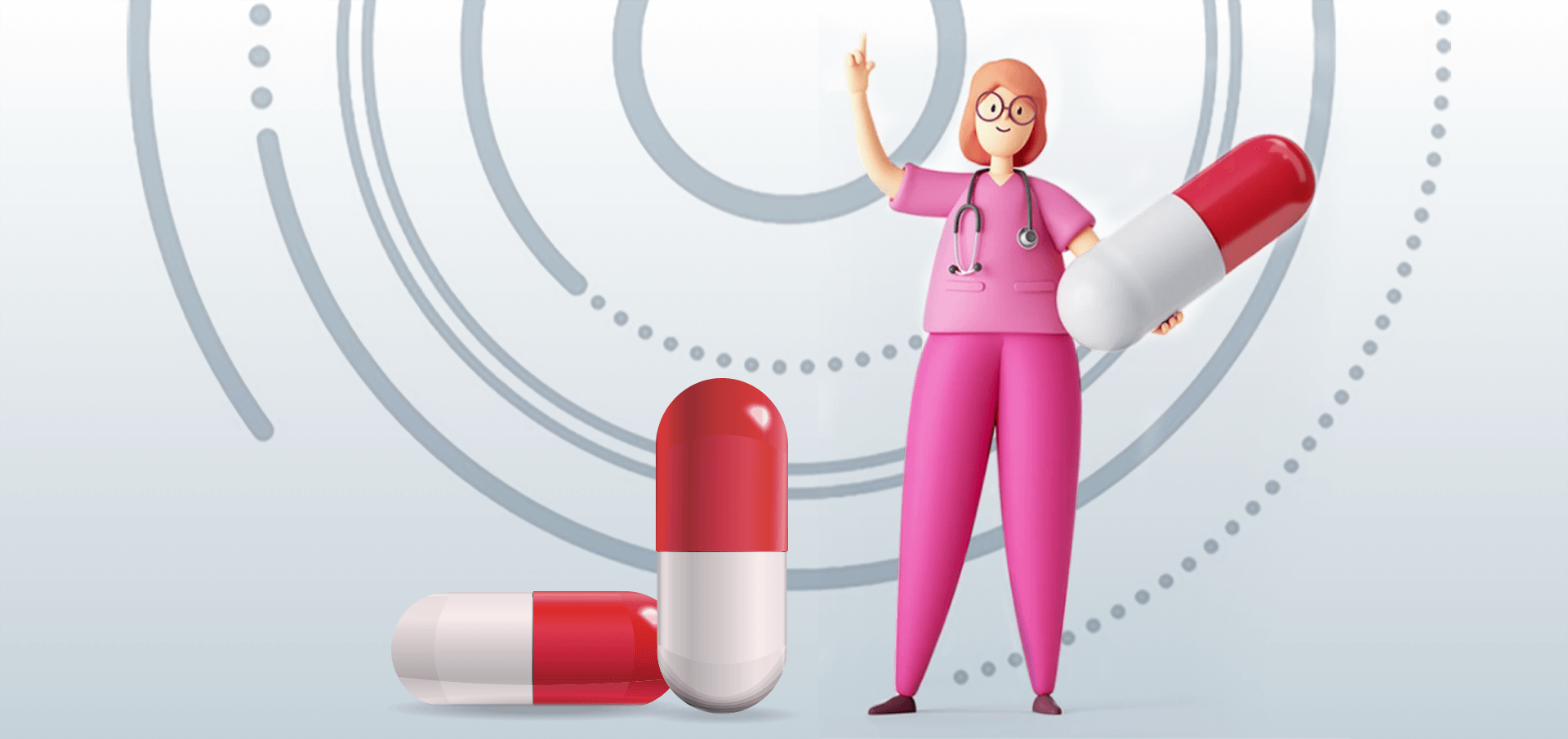Why thank antibiotics?

The discovery of antibiotics in the first half of the past century was one the most significant medical achievements of the 20th century and changed the history of medicine. (1) Prior to this, everyday infections that we now treat with antibiotics used to be the leading cause of death in the developed world.
Alexander Fleming’s serendipitous discovery of Penicillin in 1928 and its subsequent mass production and use led to the successful treatment of infections and increase in life expectancy over time. (2,3) Mortality rates of perilous infections such as gangrene infections in soldiers, puerperal sepsis, and streptococcal pneumonia were drastically reduced with the use of antimicrobials, but this was not the only revolutionary result that followed the start of the antibiotic era. (2,3)
Actually, many advances in medicine and surgery have been subsequently aided by the development of antimicrobials; organ transplantation, chemotherapy and complex surgery are possible today due to the availability of antibiotics whether used prophylactically or directly to treat infections. All these procedures imply significant reductions in the ability of our immune system both to prevent and to fight infections and bacteria can thus exploit acute or chronic breaches in our defences caused by other necessary medical interventions. (4-6)
For this reason, infections are expected in modern medicine and can be accepted only if we have antibiotics to treat them effectively, since this could dramatically reduce or completely eliminate their unfavourable effect on patients’ prognosis. However, the overuse and inappropriate use of antibiotics has led to antibiotic resistance i.e., when the organisms that cause infection develop ways to survive treatments. (2-5) Antimicrobial resistance (AMR) causes around 700,000 deaths worldwide each year and by 2050, this number could rise to 10 million if no solution is found (7); even above the estimated number of cancer-related deaths.
AMR presents a huge threat to advancements made in modern medicine. Minor infections and injuries could have life threatening consequences, routine medical procedures could become too risky to perform and serious infections such as pneumonia could become impossible to treat. As an example, oncology patients are the most obvious victims of the AMR crisis. Indeed, some types of cancer, such as multiple myeloma and acute leukaemia, cannot be treated without antibiotics. (4-6) Notably, it has been estimated that more than a quarter of infections after chemotherapy may be caused by organisms already resistant to antibiotics. (8)
Fortunately, in the last few years, some novel agents that have become available have improved our ability to effectively treat many multidrug-resistant bacteria while several other agents are currently in clinical development. (9-11) This is certainly an important reason to hope and be optimistic in counteracting AMR both in the present and in the future, although it should not be forgotten that any possible efficacious approach to fight AMR through the development of novel agents cannot be separated from concerted efforts to optimize their use through proper antimicrobial stewardship interventions (i.e., a coherent set of actions aimed at using antimicrobials through optimal selection, dose, and duration (12,13)) and to guarantee adequate infection-control measures to prevent dissemination of multidrug-resistant organisms. We should not let our guard down.
Written by Daniele Roberto Giacobbe, Assistant Professor of Infectious Diseases (University of Genoa)
MC-ID-17-2022
- Brown ED, Wright GD. Antibacterial drug discovery in the resistance era. Nature 2016; 529:336-43.
- Davies J, Davies D. Origins and evolution of antibiotic resistance. Microbiol Mol Biol Rev 2010; 74:417–33.
- Abraham EP, Chain E. An enzyme from bacteria able to destroy penicillin. Rev Infect Dis 1940; 10:677–8.
- Fauci AS, Marston ID. The perpetual challenge of antimicrobial resistance. JAMA 2014; 311:1853–4.
- Marston HD, Dixon DM, Knisely JM, et al. Antimicrobial resistance. JAMA 2016; 316:1193–204.
- Viscoli C, Varnier O, Machetti M. Infections in patients with febrile neutropenia: epidemiology, microbiology, and risk stratification. Clin Infect Dis 2005; 40:S240-5.
- Review on Antimicrobial Resistance. Antimicrobial Resistance: Tackling a Crisis for the Health and Wealth of Nations. Las accessed 29 December 2021. https://amr-review.org/sites/default/files/AMR%20Review%20Paper%20-%20Tackling%20a%20crisis%20for%20the%20health%20and%20wealth%20of%20nations_1.pdf
- Teillant A, Gandra S, Barter D, et al. Potential burden of antibiotic resistance on surgery and cancer chemotherapy antibiotic prophylaxis in the USA: a systematic review and modelling study. Lancet Infect Dis 2015; 15:1429-37.
- Bassetti M, Poulakou G, Ruppe E, et al. Antimicrobial resistance in the next 30 years, humankind, bugs and drugs: a visionary approach. Intensive Care Med 2017; 43:1464–1475.
- Theuretzbacher U, Outterson K, Engel A, et al. The global preclinical antibacterial pipeline. Nat Rev Microbiol. 2020; 18:275–285.
- Bassetti M, Giacobbe DR. A look at the clinical, economic, and societal impact of antimicrobial resistance in 2020. Expert Opin Pharmacother 2020; 21:2067-2071.
- Dyar OJ, Schouten J, Huttner B, Pulcini C. What is antimicrobial stewardship?
- Clin Microbiol Infect 2017; 23:793e8.
- Barlam TF, Cosgrove SE, Abbo LM, et al. Implementing an antibiotic stewardship program: guidelines by the infectious diseases society of America and the society for healthcare epidemiology of America. Clin Infect Dis 2016; 62:e51e77.